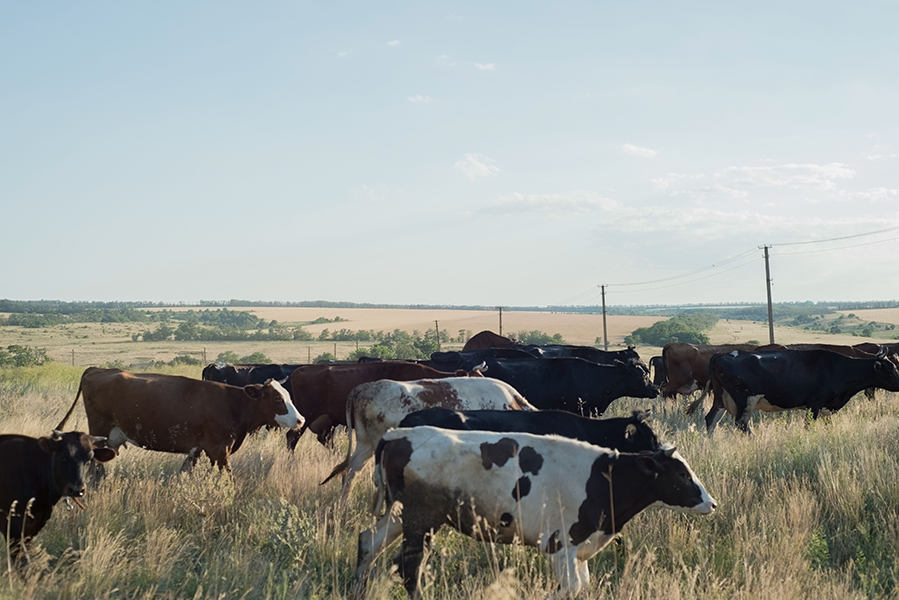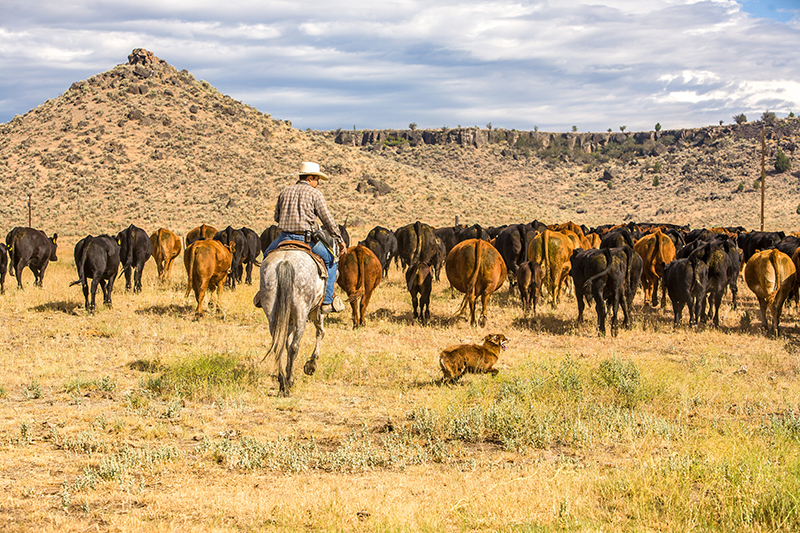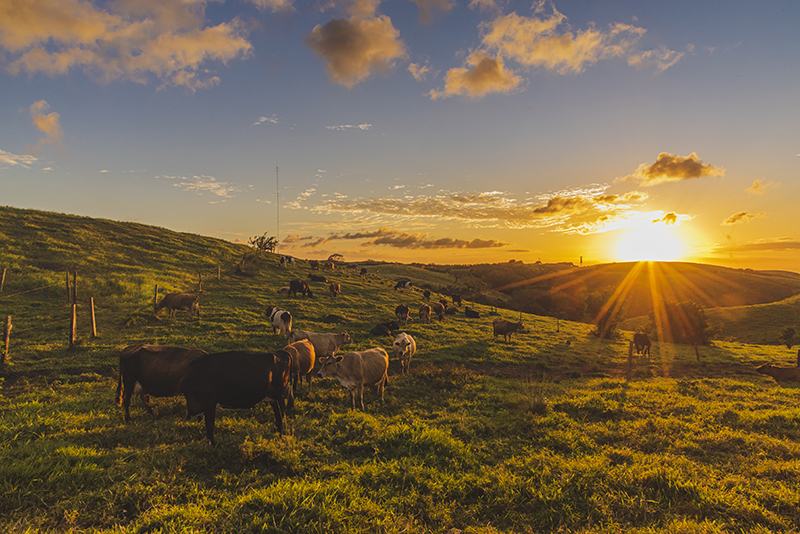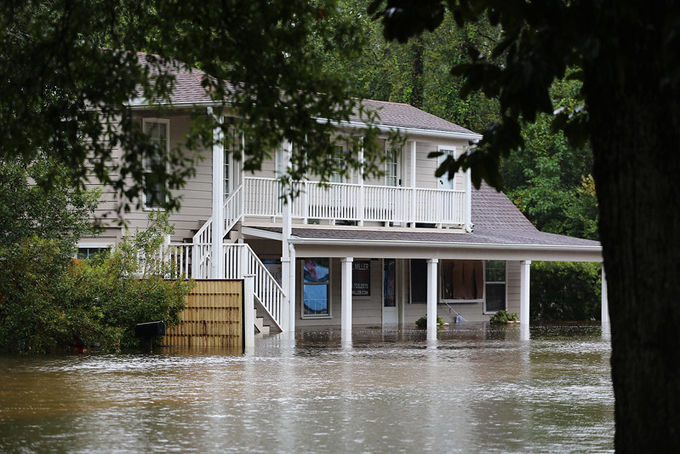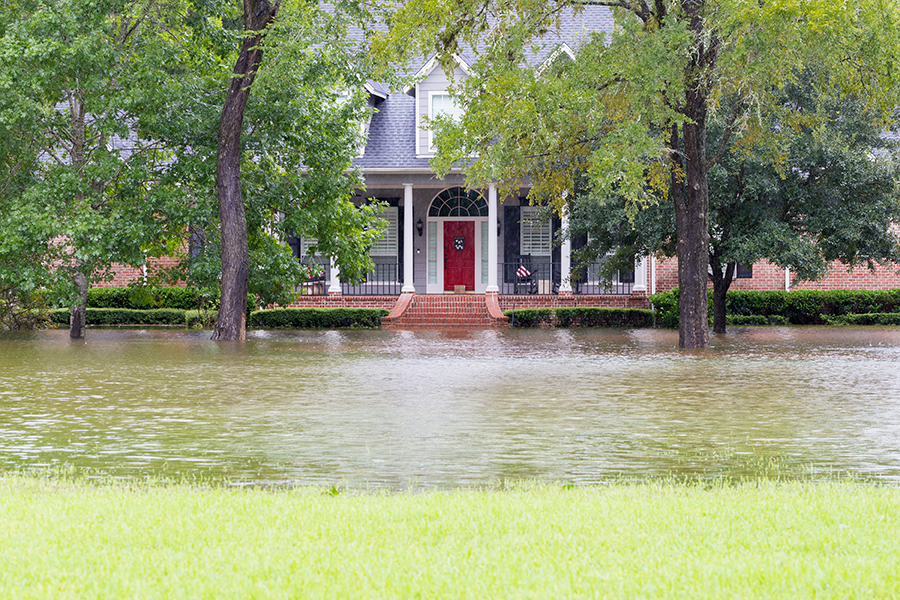Commercial Auto Insurance has five different sections: Covered Autos, Liability Coverage(s), Physical Damage Coverage(s), Conditions, and Definitions. You will find these all inside your policy agreement. This type of policy can be written as a stand-alone policy or included in Commercial Package Policy. Today, we will be discussing Section I- Covered Autos.

WHAT AUTOS ARE COVERED IN A COMMERCIAL AUTO INSURANCE POLICY?
The following Autos are ones that may be covered in a Commercial Auto Policy:
- Any “Auto”
- Owned “Autos” Only- Only those autos you own. Even autos you purchase/acquire after your policy has started. Also, if you use a non-owned trailer, but, it’s attached to a vehicle you own that’s covered- the trailer is covered in this case as well.
- Owned Private Passenger “Autos” Only- The private passenger autos you own- including ones acquired after the policy began.
- Owned “Autos” other than private passenger “Autos” Only- Only those “Autos” you own that are not of the private passenger type, also, again, including autos you acquire after the policy began. And non-owned trailers pulled by your owned vehicle that’s covered (trailers are covered in this case)
- Owned “Autos” Subject to No Fault- The autos you own that are required to have No-Fault benefits in the state where they are licensed or principally garaged. This includes those autos you acquire after policy began provided they are required to have no-fault benefits also.
- Owned “Autos” subject to an Uninsured Motorist Law- Only those autos you own that because of the law in the state where they are licensed or principally garaged are required to have and can’t reject the uninsured motorist coverage. Again, if you acquire an auto that is subject to this law after policy begins, it is covered.
- Specifically Described Autos- Only those autos described in the Declarations for which a premium charge is shown and also for non-owned trailers attached to covered auto.
- Hired “Autos” Only- Only those autos you lease, hire, rent or borrow. This does not include any auto you lease, hire, rent or borrow from any of your employees, partners (if you are a partnership) members (if you are an LLC) or members of their household.
- Non-owned Autos Only- Only those autos you don’t own, lease, rent or borrow that’re used in connection with your business. This includes “autos” owned by your “employees”, partners (if you are a partnership), members (if you are a limited liability company) or members of their households but only while used in your business or your personal affairs.
If an auto is not specifically described, newly acquired autos are automatically covered for the remainder of the policy period. For a specifically described auto a newly acquired auto will be considered a covered auto only if:
- Insurance companies covers all autos the insured owns for that coverage or it replaces an auto that had that coverage.
- The insured informs the insurer within 30 days of acquisition.
FOR OREGON BUSINESS AUTO INSURANCE, THE FOLLOWING INSTANCES ARE EXCLUDED FROM COVERAGE:
- Nuclear Hazard: The explosion of any weapon employing atomic fission or fusion; or nuclear reaction or radiation, or radioactive contamination, caused by anything.
- Military/War Action: War- whether it’s declared or not, civil war,
- Loss that was not Accidental: Freezing, electrical or mechanical breakdown, wear and tear. Any kind of blowout, puncture, or damage to tires.
- Equipment that receives sound (Inc accessories): Visual, audio, data electronic devices designed to be used with that type of equipment (tapes, discs, etc) If the equipment is permanently installed in the covered auto and operated from the auto’s electrical system, it will be covered.
- Electrical Equipment: Any electronic equipment, whether permanently installed or not, that receives/transmits audio/visual/data signals that’s not designed to just reproduce sound, including accessories. The exception here is equipment that’s necessary for the normal operation of the covered auto or the monitoring of the covered auto’s operating system, etc.
- Radar/Laser Detectors: Devices designed to detect equipment that measures speed, such as laser or radar detectors, or any device used to distort the speed measuring equipment.
- Stunt Activity/Racing/Demolition: If the auto is used in any type of professional racing contest, demolition contest, or stunt activities. Also not covered during practice or prep for any of these activities.
COMPREHENSIVE COVERAGE:
Comprehensive coverage in Oregon covers anything that is not specifically excluded from the policy, except a collision with another object or overturned vehicle. Also, if the insured carries coverage for glass breakage under Comprehensive they will be covered if they hit an animal, or if they experience damage due to a falling object or missile. One thing to consider- if the glass breaks due to a collision, it may be covered under Collision Coverage.
BUSINESS AUTO COVERAGE IN OREGON – SPECIFIED LOSSES THAT ARE COVERED:
- Fire
- Lightning
- Explosion
- Theft
- Windstorm
- Hail
- Earthquake
- Flood
- Mischief
- Vandalism
- Sinking
- Burning
- Collison
- Derailment of anything transporting a covered vehicle
This coverage is not as all-inclusive as Comprehensive Coverage- it specifies the losses/damage it covers- if it is not specified, it’s not covered.
COLLISION COVERAGE:
This type of coverage will cover the auto/vehicle if it collides with another object or is overturned. Also, if the glass breaks due to a collision, the glass may be covered under this coverage as well.
TRANSPORTATION EXPENSE:
This is a coverage extension that states that if the insured carries Comprehensive or Specified Cause of Loss Coverage, the insurance company will pay up to $20 per day with a max limit of $600 if the loss is due to theft. There is a 48 hour wait period with this extension and the insurance company stops paying this extension if the vehicle is recovered/returned, or when they payout for the loss.
TOWING:
This coverage may be added by increasing premium. The insurance company will pay up to the limit of insurance shown in the agreement for labor costs and towing every time a covered vehicle becomes disabled. So, this coverage is per occurrence. However, the one condition is that labor must be performed at the location where the vehicle becomes disabled, otherwise, it’s not covered.
Visit our blog for more information on commercial auto insurance coverage options!
Graybeal Group, Inc. Offers Widest Range of Products and Pricing in Oregon
Graybeal Group, Inc. is a professional Insurance company with licensed agents and staff. With over three decades of experience, The Graybeal Group takes pride that our agents are specialized in the needs of our customers in the areas of Crop/Agriculture, Hemp, Non-Profits, Pasture Rangeland and Forage, and Farm & Ranch. Get in touch today to learn more about our commercial auto insurance policies!
Being able to provide the time for our agents to focus on their specialty allows us to give you – our clients – the needed coverage for your home and business. At Graybeal Group, Inc., we are committed to providing an experience that empowers our clients so they are educated on their coverage and the value we provide above all others.
For more information, we invite you to call Graybeal Group, Inc. at (541) 567-5523.
